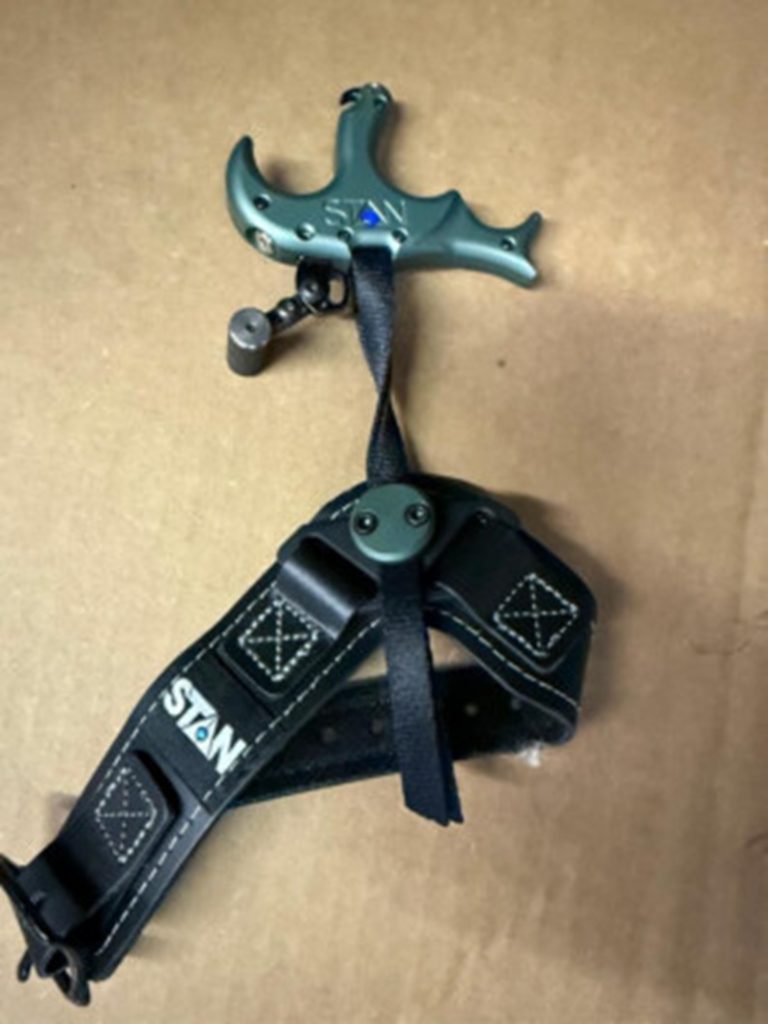In one way or another, archery makes part of human history. We may not require it for hunting as our ancestors did, but it’s turned into a popular recreational activity and a sport we get to see in the Olympics. From traditional archery to target shooting, it offers something for everyone.
The success you can have in it, however, largely depends on the kind of equipment you have. So, other than working on techniques and skills, it’s essential to make sure you acquire the basics. Aside from the bows, whether compound or recurve, accessories like stabilizers and the targets you can practice at, there’s one crucial piece known as the release that you ought to pick.
In basic terms, this is a mechanical aid created to help you out with the bow release. It’s made to pull back and release the string thus improving both aim and accuracy so you can count on shooting efficiency and reduced fatigue. As there are different options available in the market, the choice comes down to personal preference and needs.
If possible, test out before you buy, or invest in more than one type to see different styles, the ins and outs of each with function and operation, plus the specific trigger motion, anchor point and hand tension. This can help you see what works best for you, and which you prefer more from the handheld and wrist designs. The following four are some of the popular types of archery releases you can shop.
Thumb

Also known as the handheld bow release, it’s one that makes the draw happen with the hand – exactly where its advantage lies. Consisting of a thumb-operated trigger and hook or jaw mechanism, you get to use the thumb a little to engage the trigger and count on your back for the rest. As such, you get high accuracy, consistency and quick loads and shots. This makes it a great choice for hunters and competitive archers alike. Compact and quiet, it’s also great for both target shooting and bowhunting.
Index
Also known as the wrist strap releases and caliper releases, these are archery releases that come with the strap you get to adjust to your wrist and a trigger you operate with your index finger. Because of the similarity with shooting with a riffle trigger, this option is usually preferred by beginners and hunters alike.
With the intuitive style trigger operation, all you have to do is clip the caliper on the D-loop or bowstring, rely on your arm and shoulder strength as you pull back and release with the trigger. Easy to use, convenient and perfect for heavy bows, it’s understandable why it’s among the basic and popular solutions. One drawback that some archers talk about, however, is precisely the strap element either for affecting comfort or resulting in inconsistency with the anchor points.
Back Tension
Anyone up for something more personalized with the setup should try out the back tension releases. These are standout aids because of the lack of trigger; they come with a safety instead. While it’s a more complex setup and takes time to master, it’s worth it in the end as these releases are suitable for both target shooting and hunting settings.
They reduce target panic and punching the trigger quite like it can happen with an index release, which is great, but at the same time they can lead to difficulty with using your perfect shot opportunity. It’s nothing a little practice can’t help you with, though. Remember, let off the safety, squeeze the shoulder blades together and let the pin float on the centre of the target.
Hinge
What is the most accurate type of bow? Are hinge releases more accurate? These are some of the most commonly asked questions among enthusiast and beginner archers, competitors and hunters alike. The answer can be different depending on preference between hand or wrist and trigger style releases, plus the skill and technique you have and the purpose you’re using the release for.
Be that as it may, it’s often said that the hinge and thumb options provide more accuracy by reducing punching the trigger and target panic. The concept may remind you of the back tension releases, but hinge isn’t to be confused with it as while it’s both triggerless and handheld like the alternative, the difference lies in its operation – it works with back tension and hand movement.
As such, some archers find it better for the control it offers with the shots; from setup and draw to click and execution, there’s an enhanced performance. If you’re after a surprise-style release, this is it. Keep in mind, though, much like the back tension counterpart, it takes some time to master it especially when it comes to the aspect of having good form with the shots.


